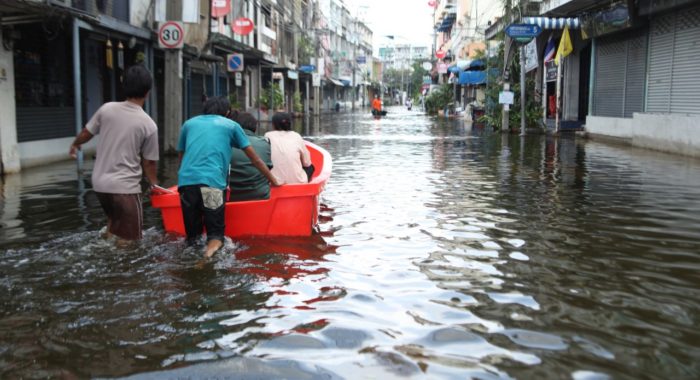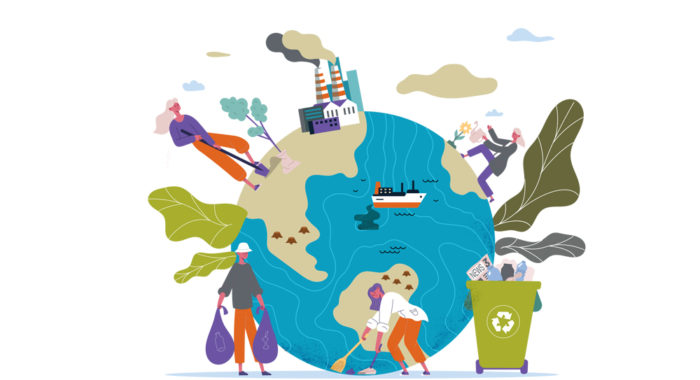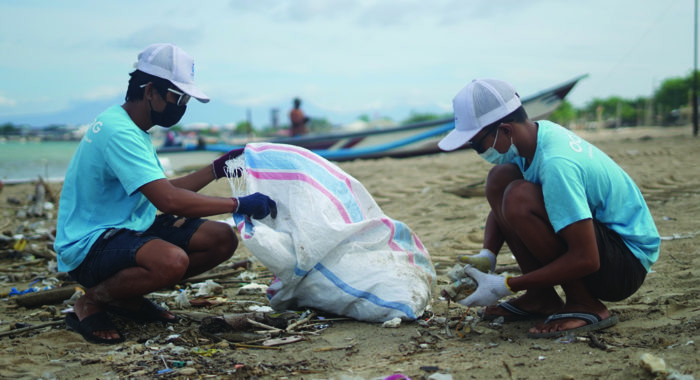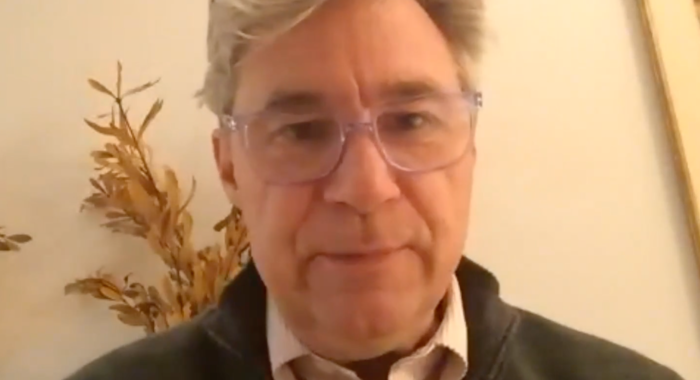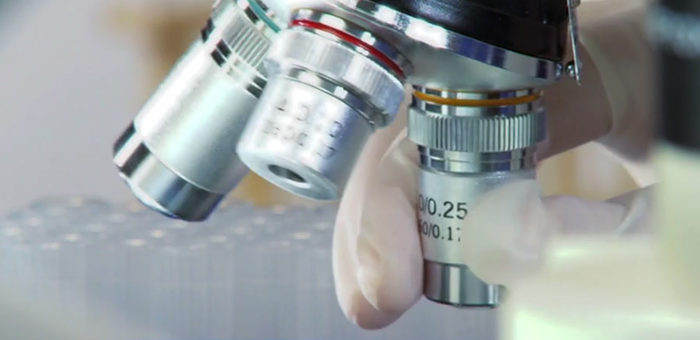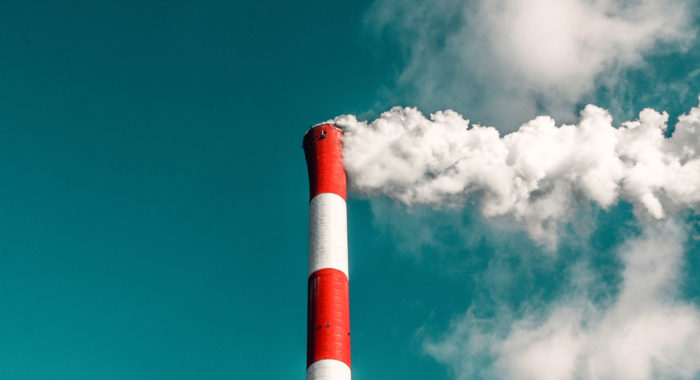
Galen Carey, vice president of the National Association of Evangelicals, and Mitch Hescox, president of Evangelical Environmental Network, sent a letter to ranking members of the U.S. Senate Committee on the Environment and Public Works regarding the Frank R. Lautenberg Chemical Safety for the 21st Century Act. They ask the senators to include protections for unborn children in the legislation.
The Honorable James Inhofe, Chairman
The Honorable Barbara Boxer, Ranking Member
The United States Senate Committee on Environment and Public Works
410 Dirksen Senate Office Bldg.
Washington, DC 20510-6175
Re: S. 697 and Unborn Children
Dear Senators:
Thank you for your service to our nation. As Christians, we are called by God to love our neighbors, taking special care that the most vulnerable or “the least of these” (Matthew 25) are protected. That’s why we appreciate Congress’s effort to reform our outdated chemical safety laws through S. 697, the Frank R. Lautenberg Chemical Safety for the 21st Century Act.
Unfortunately, the most vulnerable group — unborn children — has been left out of the current version of S. 697. But thankfully, the fix and our request is quite simple. Whenever the bill lists the populations to be protected, explicitly add unborn children. While it is not our language, the terms “developing fetus” or “developing fetuses” would be acceptable for this purpose.
The acute vulnerability of the unborn to environmental toxins is now settled science:
The developing fetus and young child is particularly vulnerable to certain environmental toxins. Critical neurodevelopmental processes occur in the human central nervous system during fetal development and in the first three years of life. These processes include cortical functional differentiation, synaptogenesis, myelination, and programmed apoptosis.[1]
This is echoed in a Fact Sheet by the Environmental Protection Agency (EPA) on the bioaccumulation of toxic chemicals: “The populations at risk … are children and the developing fetus.”
Besides the critical neurodevelopment that occurs before birth, the other major reason the unborn are so vulnerable is bioaccumulation. Chemicals readily pass from the mother through the placenta; unfortunately, a developing fetus, unlike the mother, cannot eliminate toxins through normal biological processes. In fact, one way chemicals are removed from a pregnant women is to pass them into her uterus.
A Harvard professor put it succinctly: “We only get one chance to develop a brain. The damage that occurs to a brain of a fetus or child will likely remain for the rest of his or her life.”[2]
Without the fix we are requesting, that “developing fetuses” be explicitly included as a class to be protected, our most vulnerable population will continue to be poisoned and exposed to chemicals that will substantially impact their entire lives, hinder our nation, and harm our greatest resource, our children.
The proposed legislation allows the EPA to name additional vulnerable populations; such a provision is needed so that heretofore unknown vulnerable classes can be protected once science demonstrates their vulnerability. That does not apply here, given the settled science on the dangers toxic chemicals pose to an unborn child. Explicitly listing “developing fetuses” in the law provides the strongest legal protection from day one.
Thank you for your consideration and attention to this critical omission in the current bill.
Sincerely,
Dr. Galen Carey
Vice President, Government Relations
National Association of Evangelicals
The Rev. Mitchell Hescox
President/C.E.O.
The Evangelical Environmental Network
[1] Bruce P. Lanphear, Charles V. Vorhees and David C. Bellinger, “Protecting Children from Environmental Toxins,” in PLOS Medicine March 2005.
[2] Philippe Grandjean, Only One Chance: How Environmental Pollution Impairs Brain Development and How to Protect the Brains of the Next Generation (New York: Oxford University Press, 2013).



 View All Updates
View All Updates 

